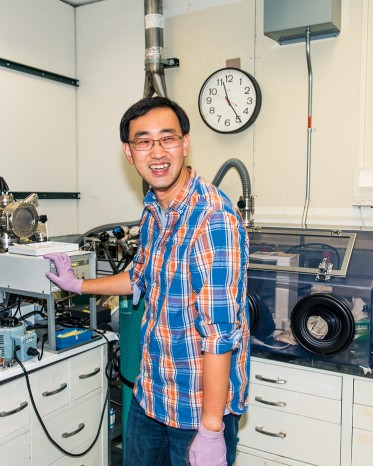
` Qing Cao, 32
IBM Research
His inventions are helping IBM in its decade-plus quest to replace silicon transistors with more efficient carbon nanotubes.
2001
IBM researchers devise a way to produce arrays of carbon-nanotube transistors.
2002
IBM researchers show that nanotube transistors can carry more than twice the electric current of top-performing silicon transistor prototypes. This is interpreted as the first evidence that nanotubes can outperform silicon transistors.

2006
The first integrated circuit using a single carbon nanotube is built at IBM.
2008
During his doctoral studies at the University of Illinois, Qing Cao invents a way to print circuits of nanotubes on flexible plastic substrates.
2013
At IBM, Cao develops a technique that applies mechanical force to push purified nanotubes in water together into high-density, neatly ordered arrays.
2015
Cao overcomes a fundamental roadblock to commercially viable nanotube transistors. He devises a way to connect metal wires to carbon nanotubes by welding metal atoms to the nanotubes’ ends.
2016
IBM incorporates carbon nanotubes into its in-house semiconductor research line to figure out how to refine and scale up the technology.
2020–2025
IBM aims to have its nanotube transistors ready to replace silicon transistors. The company estimates that nanotube transistors will perform two to three times better than silicon and require half as much power.
—Elizabeth Woyke
